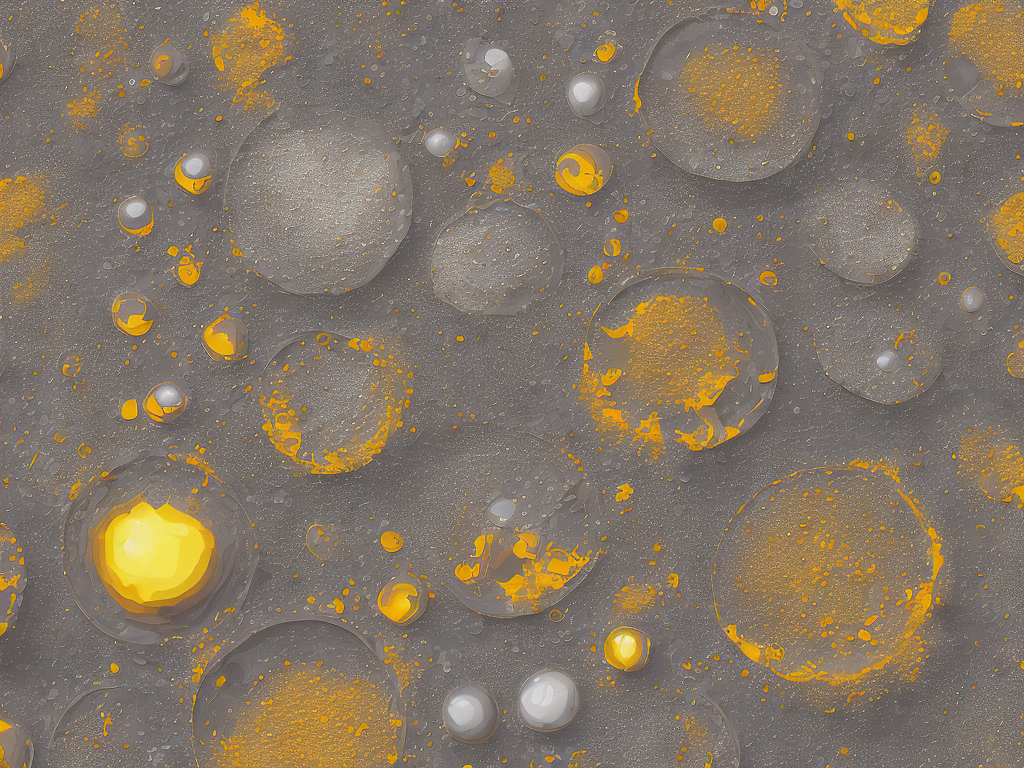
Oils have long been used for their various therapeutic and medicinal properties. The terms volatile oil and fixed oil are often encountered when discussing the nature of plant oils. Despite sharing many similarities, volatile oils and fixed oils are not the same thing. In this article, we will explain the difference between volatile oil and fixed oil.
Fixed oils, also known as carrier oils, are non-volatile and have a relatively low volatility. These oils are extracted from the seeds, nuts, or fruits of plants and are often used as a base oil to dilute essential oils. Fixed oils are rich in fatty acids, vitamins, and minerals, which makes them beneficial for the skin and hair. These oils are also used in cooking and as a source of nutrition.
On the other hand, volatile oils, also known as essential oils, are highly volatile and have a strong fragrance. These oils are aromatic compounds that are extracted from different parts of plants, including leaves, flowers, roots, and stems. Volatile oils get their names from their ability to evaporate quickly when exposed to the air. They are used in aromatherapy, perfumery, and as flavorings in food and beverages.
While both volatile oils and fixed oils are derived from plants, they have different chemical compositions, which result in unique properties.
Chemical Composition
Fixed oils are primarily made up of fatty acids, with the exact composition varying depending on the plant source. Common fatty acids found in fixed oils include oleic, linoleic, and palmitic acid. These oils are also rich in vitamins and minerals, including vitamin E, which acts as an antioxidant.
Volatile oils, on the other hand, are composed of volatile compounds, such as terpenes, phenols, and ketones. These compounds are responsible for the fragrance of the oil and are known to have therapeutic properties. Some of the common volatile oils include lavender, tea tree, and peppermint oil.
Method of Extraction
The method used to extract the oil from the plant also differs between volatile oils and fixed oils. Fixed oils are extracted through a process called cold pressing or expeller pressing, which involves crushing the seeds or nuts to release the oil. This method results in a pure, unrefined oil that retains its natural fragrance, color, and nutritional value.
Volatile oils, on the other hand, are extracted through a process called steam distillation. This process involves exposing the plant material to steam, which causes the volatile compounds to evaporate. The steam is then condensed, resulting in an oil and a water-based distillate. The oil is separated from the distillate, resulting in a concentrated essential oil.
Uses
Both volatile oils and fixed oils have a wide range of uses. Fixed oils are often used in skincare products, hair care products, and massage oils. They are also used in cooking and are a source of essential nutrients. Some common fixed oils include jojoba oil, coconut oil, and olive oil.
Volatile oils, on the other hand, are used in aromatherapy, perfumery, and as a flavoring in food and beverages. They are also used for their medicinal properties, such as reducing inflammation, alleviating stress and anxiety, and boosting the immune system. Some common volatile oils include lavender oil, eucalyptus oil, and tea tree oil.
Safety Concerns
While both volatile oils and fixed oils are generally safe to use, there are some safety concerns to be aware of.
Volatile oils are highly concentrated and should always be diluted before use. Undiluted essential oils can cause irritation, sensitization, and even toxicity. Some essential oils are also phototoxic, meaning that they can cause skin irritation when exposed to sunlight. It is important to use essential oils with caution and to follow proper dilution guidelines.
Fixed oils, on the other hand, are generally safe for use. However, some people may have an allergic reaction to certain types of fixed oils, such as nut oils. It is important to do a patch test before using any new oil and to discontinue use if any adverse reactions occur.
In conclusion, while volatile oils and fixed oils are both derived from plants, they have different chemical compositions, methods of extraction, and uses. Fixed oils are rich in fatty acids and vitamins and are used in skincare and cooking, while volatile oils are highly concentrated and used in aromatherapy and perfumery. It is important to use essential oils with caution and to always dilute them before use. Understanding the difference between volatile oils and fixed oils can help us make better-informed choices when it comes to using oils for therapeutic and medicinal purposes.
 Self-Instruct
Self-Instruct